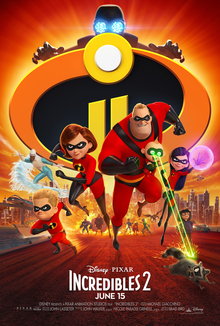This summer’s anime offerings are more hit or miss than usual. There’s only one series I’m truly certain I’ll watch no matter what, and it’s possible I’ll dip back into continuing series from last spring, specifically Persona 5: The Animation and Tokyo Ghoul:re which looks like it will eventually finish out the series.
Angolmois: Record of Mongol Invasion
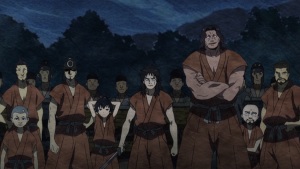
Why I Watched It: The art style is a lot cruder than I normally like, with characters having square jaws and tiny pupils. This makes it clear that these characters aren’t refined people by any means, and it’s not often that we get a historical drama around a 13th century Mongolian invasion of Japan.
What I Thought: The setup is excellent. A group of criminals are spared the death penalty and are instead exiled to a remote island whose people want them to serve as soldiers against the incoming Mongolian invasion. This is a sore deal for our criminal protagonists who evaded one death only to be faced with another, but most of them seem used to fighting and our lead is a skilled swordsman and former retainer for the shogunate, so their odds against the incoming 900 warships is probably not as bad as it looks, though history does not favor the island they’re now trapped on.
Verdict: I might come back to it. As expected for a period war drama, this is a predominantly male cast (though the island’s Princess Teruhi has potential), and I didn’t find any of them particularly likable. The plot would have to get rolling for this one to hook me.
Where to find stream: Crunchyroll (subtitled)
Attack on Titan Season 3
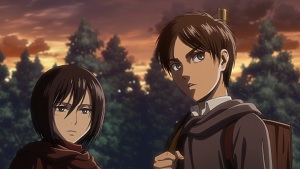
Why I Watched It: I’m a big Attack on Titan fan and Season 3 animates my favorite arc out of all of them. Though it’s not quite as popular as it was in its peak, it’s still the thousand pound juggernaut of the anime world.
What I Thought: I’d heard they were making changes for this arc, and boy howdy did they rearrange things. Nothing outright happens differently but events happen in different locations or happen at the same time, or even in a different order. This might be intended to give the viewer a sense of confusion as the Survey Corps doesn’t know exactly what’s going on either, but as a manga reader it’s a little baffling because some characters are no longer in a position to perform actions they take later on. It’ll likely turn out pretty good anyway, but this is by far the greatest deviation the anime has taken yet. Season 3 is not newbie friendly either. A little of Season 2 is recapped, but truly new viewers should start at the beginning.
Verdict: I’ll be watching. Though to be honest that was a given. I’m really curious how they will handle the rest of this arc due to one prominent character being placed out of action so early.
Where to find stream: Crunchyroll (subtitled), Funimation (subbed and dubbed, subscription required for dub), Hulu (subbed), and Toonami (dubbed). Dubs will be following roughly a month after the subtitled version airs.
Banana Fish
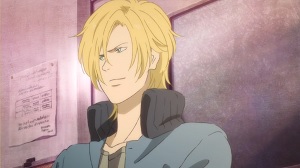
Why I Watched It: Banana Fish was one of the first manga to come to the US that featured a gay relationship, and for a long time that’s all I knew it as. I didn’t know it also involved an international drug ring and that the protagonist is roped into the seedy underworld after being handed a mysterious necklace and the keywords “banana fish.” Though dated now, it was a landmark at the time of its release and this animated version has updated events to present day.
What I Thought: Though Banana Fish has been modernized by about thirty years, parts of it still feel a bit dated, with character attitudes and the kind of gang warfare we end up seeing. However, for being a Japanese production, there is a surprising awareness of race; as in not every American is white. Ash himself might be, but this is a New York with a healthy population of black and brown people, in both incidental and named roles. This is also one of the few anime I’ve seen that is blunt enough to use the word “gay” to describe someone’s sexual orientation, rather than dance around it.
Verdict: I’ll probably watch it. It’s certainly a strong contender, and being based on an older, completed property there’s a very good chance for a satisfying ending. Since I missed this while the manga was in print (though it’s being reprinted) I’d like to see what all the fuss was about.
Where to find stream: Amazon Video (subtitled, subscription required)
Cells at Work!
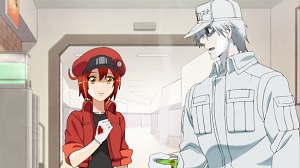
Why I Watched It: Cells at Work! anthropomorphizes all of the body’s cells into people who do various cells’ jobs in the metropolitan world that is a person’s body. It’s completely ludicrous, but the primary white blood cell of the series cuts a striking image, being rendered entirely white, like a sheet of paper.
What I Thought: It was fun and surprisingly educational. The creator put a lot of thought into how this fictional world works, from capillaries which are narrow doors so red blood cells can only pass through one at a time, to a white blood cell pulling a Die Hard through the vents to bypass a blocked doorway, since they’re able to permeate blood vessel walls. Despite being mildly educational though, it’s not really for children. The protagonist white blood cell is a bit of a killing maniac (all the white blood cells have an instantaneous and ruthless reaction to invaders) and ends up spattered with “blood” after confrontations.
Verdict: I’ll pass. It’s funny, but not quite funny enough to beat out its competition. Also, I’m not sure how well the story will develop as a series since there’s nothing to suggest there will be an overarching storyline.
Where to find stream: Crunchyroll (subtitled)
Holmes of Kyoto
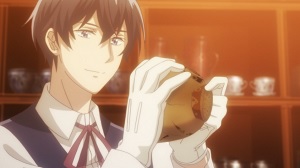
Why I Watched It: Cozy mystery involving the local “Holmes,” who happens to work at an antique shop, and his new assistant. I like the character designs and I’m always looking for good mysteries.
What I Thought: The first episode doesn’t have Kiyotaka (whose surname can also be rendered as “Holmes” through a multi-lingual pun) and Aoi solving any mysteries, but serves as an introduction to the two characters. Kiyotaka is in college, and about to be starting graduate school, making him older than most anime protagonists. He works in his grandfather’s antique shop as an appraiser. Aoi is in high school and Kiyotaka decides to bring her on as part-time help. Like Sherlock Holmes, Kiyotaka is extremely perceptive and able to draw conclusions about people from the small details regarding how they behave and how they present themselves. It’s a slow burn, but no means a boring one.
Verdict: I’ll probably be watching. The end of the episode seems to indicate that there will be darker goings-on later in the series, which seems odd for a story revolving around work at an antique shop, but I’m willing to give it the benefit of a doubt.
Where to find stream: Crunchyroll (subtitled)
Phantom in the Twilight
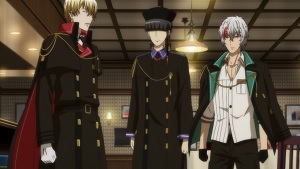
Why I Watched It: I didn’t have high hopes for this one, but the fact one of the characters is named Vlad and is a vampire tickled my fancy just right for the story about a Chinese girl who travels to London as an exchange student and gets to meet various monster boys.
What I Thought: The dialogue gets pretty clunky in places, and there are some London neighborhood shots that don’t look they’re part of London, but there’s just enough here that it might be worth a second look. Ton’s great-grandmother was a jet-setting Chinese woman who used to live in London and ran a business. It turns out that one of her ventures was setting up a cafe for Twilights, people such as werewolves, vampires, and other supernatural creatures, and Ton is led there by a spell she learned from her great-grandmother. The Twilights are set up to be the fighters and the eye candy for the series, but Ton might not turn out to be a slouch herself as her great-grandmother also left behind a crazy chain-rope weapon that she is now able to use.
Verdict: I might come back to this one. There’s enough to watch right now that I don’t think this is going to make the cut.
Where to find stream: Crunchyroll (subtitled)
Seven Senses of the Re’Union

Why I Watched It: I don’t have much patience for MMORPG anime anymore, unless there’s an unusual spin on it, like last year’s Recovery of an MMO Junkie. This one involves a band of friends who used to game together until one of them passed away and then the group broke up. Years later, one of them reenters the game and finds the avatar of their dead friend is active and he gets the gang back together again to find out why.
What I Thought: The game world is nothing remarkable, being generic medieval fantasy, though it’s unusual in that it’s a permadeath game. Dying results in the player’s account being wiped. What I found unbelievable though is that the main cast was the best group on their server while they were in elementary school (so they can make their comeback as teenagers). Grade school kids and permadeath don’t work well together since failure means starting over from scratch. We don’t get much of what life was like for the band of friends after Asahi died, but Haruto is the main POV and has clearly given up on MMORPGs after she died. Presumably the perspective of the other characters will come later.
Verdict: I might come back to this one. Haruto is not sympathetic enough of a personality for me to really like him, so it’ll largely depend on whether the group dynamic is enough to sustain the series, or if other members of the cast turn out to be more interesting once they get a chance in the spotlight.
Where to find stream: Amazon Video (subtitled, subscription required)

Laurie Tom is a fantasy and science fiction writer based in southern California. Since she was a kid she has considered books, video games, and anime in roughly equal portions to be her primary source of entertainment. Laurie’s short fiction has been published in Galaxy’s Edge, Strange Horizons, and the Intergalactic Medicine Show.

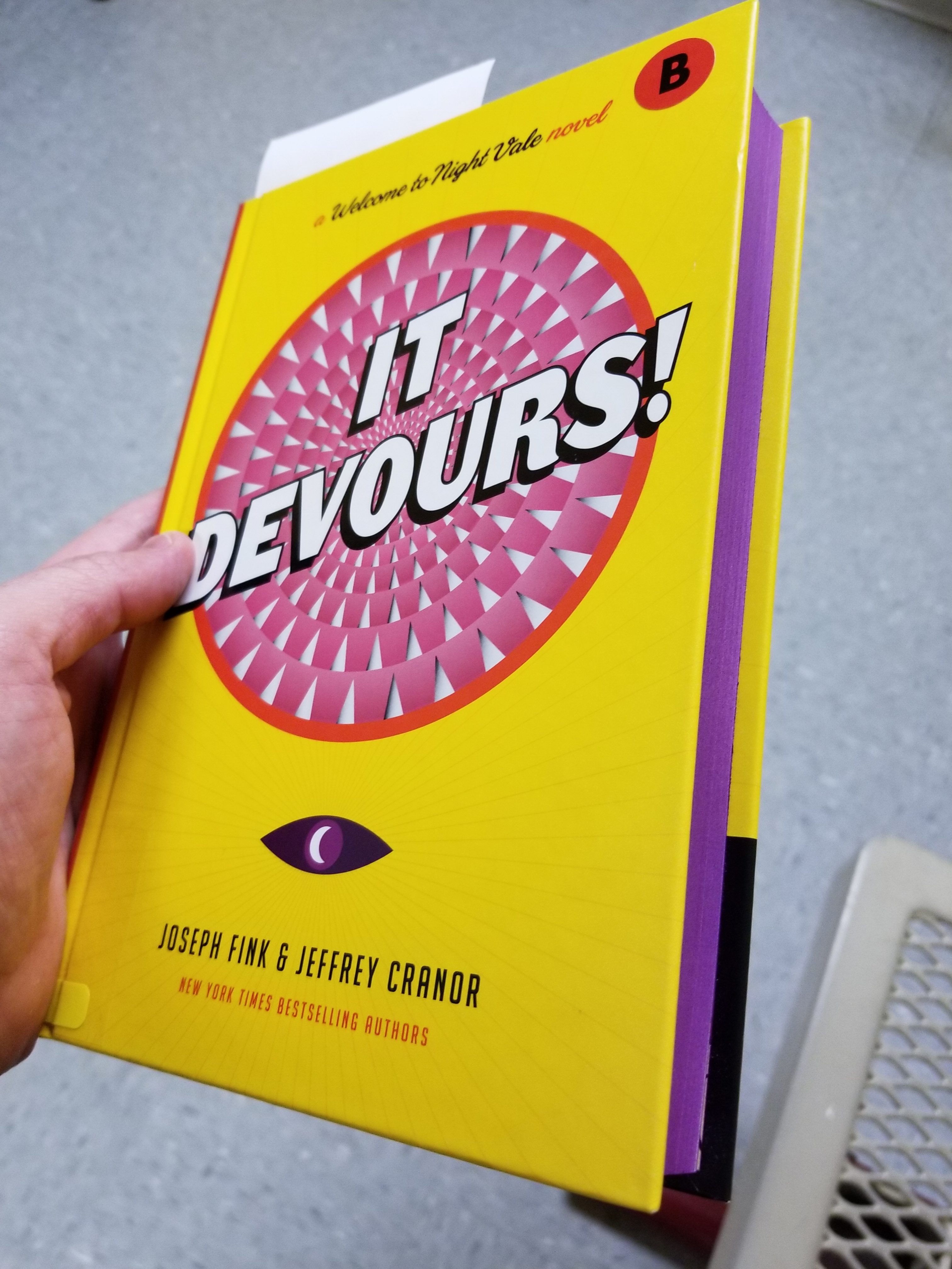
 Super Mario Odyssey is a new 3-D platform action game in the beloved and long-running Super Mario series of games, released by Nintendo for the Switch platform in October 2017.
Super Mario Odyssey is a new 3-D platform action game in the beloved and long-running Super Mario series of games, released by Nintendo for the Switch platform in October 2017.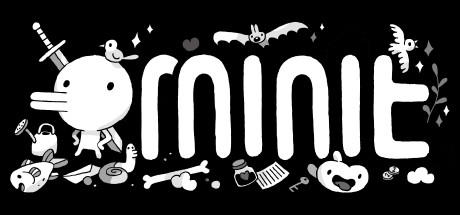
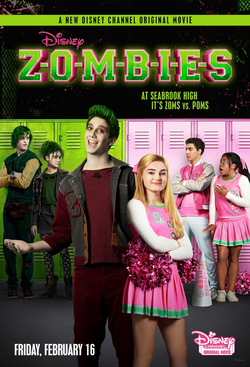 Zombies is a Disney Channel original musical movie that debuted in February 2018. The story takes place in the “perfect” planned community of Seabrook where everyone fits the 1950s stereotype of a perfect family (and everyone wears pastel pink or pastel blue). Or they all did fit, until a tragic power plant accident turns half the town into brain-eating zombies. But they got better, once the government invented and issued Z-Bands, watches that deliver soothing electrical shocks to the wrists to make them like other people. Zombies returned to a semblance of normal life years ago, though they look different (with green hair and pale white skin) and are forced to wear government issue clothing, and live in the neglected slums. But a recent change to the law has forced Seabrook High to accept zombie students.
Zombies is a Disney Channel original musical movie that debuted in February 2018. The story takes place in the “perfect” planned community of Seabrook where everyone fits the 1950s stereotype of a perfect family (and everyone wears pastel pink or pastel blue). Or they all did fit, until a tragic power plant accident turns half the town into brain-eating zombies. But they got better, once the government invented and issued Z-Bands, watches that deliver soothing electrical shocks to the wrists to make them like other people. Zombies returned to a semblance of normal life years ago, though they look different (with green hair and pale white skin) and are forced to wear government issue clothing, and live in the neglected slums. But a recent change to the law has forced Seabrook High to accept zombie students. A Wrinkle in Time is a 2018 science fiction action/adventure YA movie, directed by Ava DuVernay and produced by Walt Disney, based on the 1962 book of the same name by Madeleine L’Engle (which I
A Wrinkle in Time is a 2018 science fiction action/adventure YA movie, directed by Ava DuVernay and produced by Walt Disney, based on the 1962 book of the same name by Madeleine L’Engle (which I  Dead Ever After is a romance/mystery/horror novel from 2013, the thirteenth and final book in the Sookie Stackhouse series of novels by Charlaine Harris (which is the basis of the HBO show True Blood). The previous books are all
Dead Ever After is a romance/mystery/horror novel from 2013, the thirteenth and final book in the Sookie Stackhouse series of novels by Charlaine Harris (which is the basis of the HBO show True Blood). The previous books are all 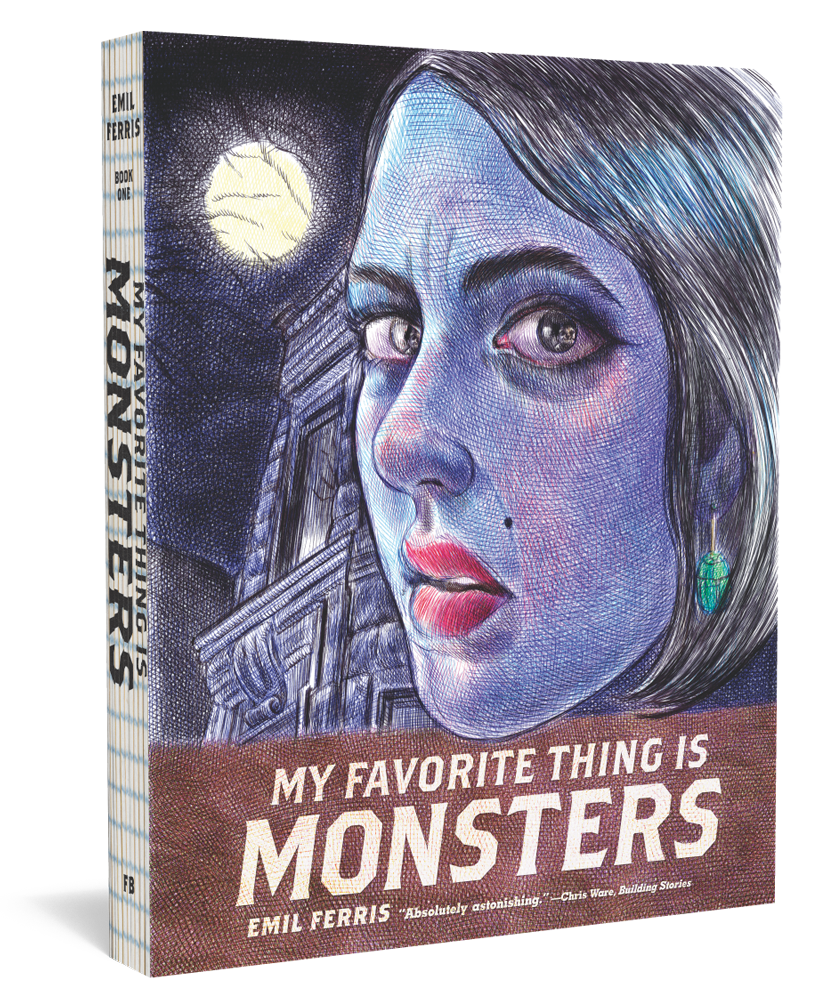
 Deadlocked is a romance/mystery/horror novel from 2012, the twelfth in the Sookie Stackhouse series of novels by Charlaine Harris (which is the basis of the HBO show True Blood). The previous books are all
Deadlocked is a romance/mystery/horror novel from 2012, the twelfth in the Sookie Stackhouse series of novels by Charlaine Harris (which is the basis of the HBO show True Blood). The previous books are all 